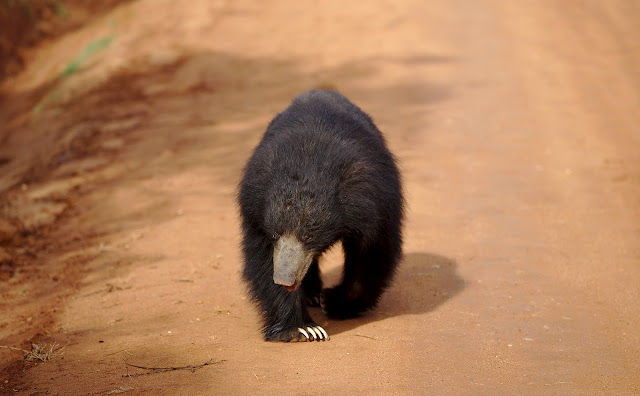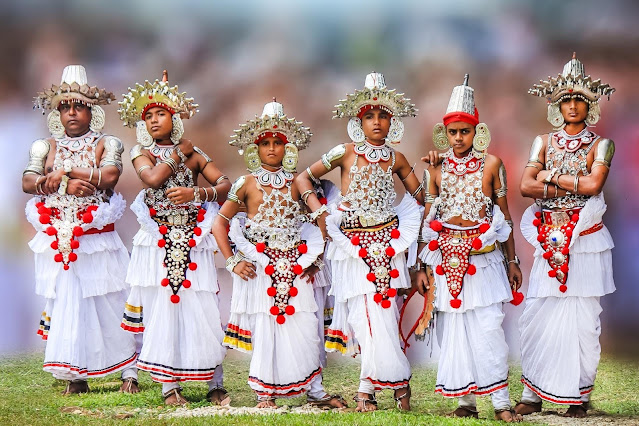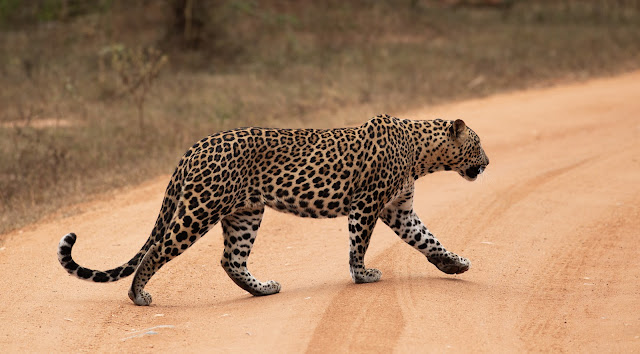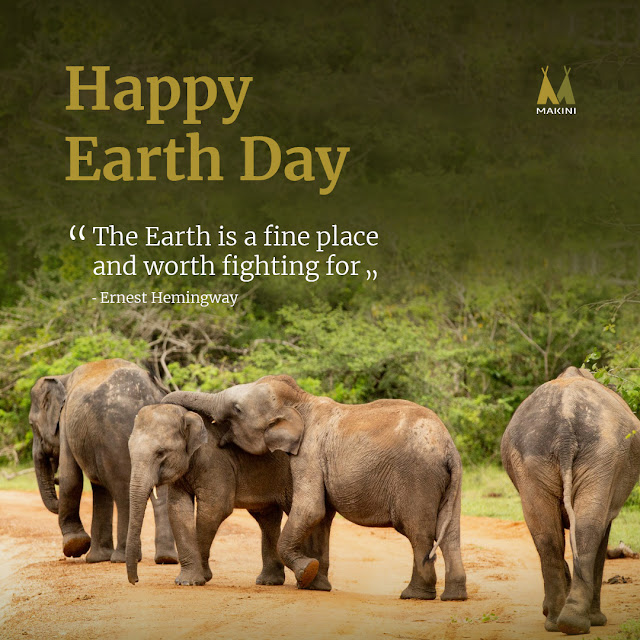Elephants in Sri Lanka, why they're important?

The Sri Lankan elephant (Elephas maximus maximus) is one of three recognized subspecies of the Asian elephant, that's native to Sri Lanka. They're spread across almost every part of the country from the dry low lands to mountains and rainforests. Though they live all over the island, Minneriya, Kaudulla and Udawalawa national parks give ample opportunities to see and photograph Sri Lankan Elephants in large herds. Elephants eat almost every part of the tree and have a particular interest in aquatic plants like Lotus and Water Lillies. They eat up to 150-200 kilograms of vegetation every day. Sri Lankan Elephants are considered as the most intelligent elephant variety. They have 90% of the brain developed when they are born and can adapt to any environment in no time. Elephants, in general, are known to be led by the matriarch because the eldest (female) elephant, the most experienced one in a herd knows where to find water at different times of the year. However, if you take Sr...






